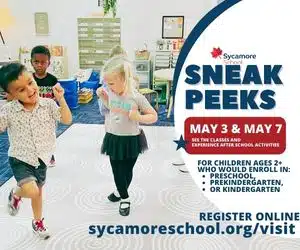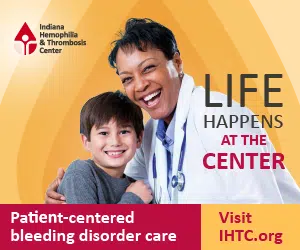During the Autistic Rights Movement of the 1990s, a new term was coined to describe the brains of people with neurological differences. First used by Australian autistic sociologist Judy Singer, the term “neurodiversity” became the springboard of what we know today as the Neurodiversity Movement.
Words Matter
Neurodiversity in and of itself isn’t a new or contestable concept. It’s the scientifically backed idea that there are infinite variations within the human brain and how it functions. When people’s neurocognitive functioning falls within societal norms, they are known as neurotypical (NT), and when they don’t, they are neurodivergent (ND). Neurodivergences can be innate — as in with conditions such as autism, dyslexia and ADHD — or they can be the result of an experience, like a traumatic brain injury or a long-term meditation practice, writes autistic scholar Nick Walker, PhD, in his blog Neurocosmopolitanism. Being neurodivergent, he says, isn’t in and of itself negative or positive, but depends on the person and their condition.
On the other hand, the neurodiversity paradigm — the concept on which the Neurodiversity Movement was built — is an emerging viewpoint that these neurological differences are normal and valuable.
“What this simply means is that those individuals with autism, cognitive impairments, ADHD, etcetera, are simply people with normal human differences,” says Jane Hornett, owner of Autism Companion Services in Indianapolis and mother to a 22-year-old daughter with autism.
While the neurodiversity paradigm is becoming increasingly accepted by those within the neurodivergent communities, as well as within the community at large, it is still a fairly new concept that not all have aligned with.
Related Article: Rethinking the Words We Use
Difference vs. Disability
One of the major criticisms of the Neurodiversity Movement is that by normalizing neurodivergences — by seeing them as just differences — the movement downplays the need for support for neurodivergent individuals. However, as research psychologist and Autistic activist Jacquiline den Houting writes in “Neurodiversity: an insider’s perspective” for the peer-reviewed journal Autism, “neurodiversity advocates generally consider autism to be both a natural variation and a disability.” As a result, they are working toward services for ND people that improve their quality of life, respect their way of being, and are provided at their request and consent.
A Sense of Identity
Critics also believe that by moving away from “disability” terminology and instead framing conditions as cultural identities (i.e., an “autistic person” versus “a person with autism”) does a disservice to the communities they indeed view as disabled. den Houting once again points out that the Neurodiversity Movement doesn’t actually deny that ND people have disabilities, but instead puts the onus on society’s inability to adapt to neurodivergences — meaning NTs need to learn to adapt to NDs the way NDs have had to adapt to “normal” society in the past. Those within the movement believe that disabilities often can be minimized or eradicated through proper assistance and a posture of acceptance by the community at large, even for those with high support needs.
Full Spectrum Support
And this idea of support circles around to a third major criticism of the movement: that the Neurodiversity Movement caters only to those with low support needs — or to put it in more traditional terminology, high-functioning individuals. However, those in the movement see this dichotomous view of high-functioning versus low-functioning as erasure of the variability within the human brain. “For all humans, there are a number of different cognitive abilities in which we can excel or lack; we are all somewhere on the spectrum of human capability,” Nancy Doyle, an organizational psychologist specializing in neurodiversity, writes in Forbes.
You and Your ND Child
For parents of neurodivergent children, particularly those who just received a diagnosis, jumping into this conversation can be overwhelming. Parents may find that doctors, teachers and therapists are quick to use labels to explain away behaviors or challenges in their child, making them feel like they are trying to fit square pegs into round holes. However, Hornett says they need quite the opposite.
“It’s often important to meet the individual where they are, provide acceptance and teach them the way they learn,” she says.
While getting a proper diagnosis will help you get your child essential support, it’s not predictive of the future.
“At the end of the day, we all need to be more supportive, respectful and aware of those with neurodiverse challenges,” Hornett says. “It is our communities and connections to help one another that truly provide the support that is needed.”






